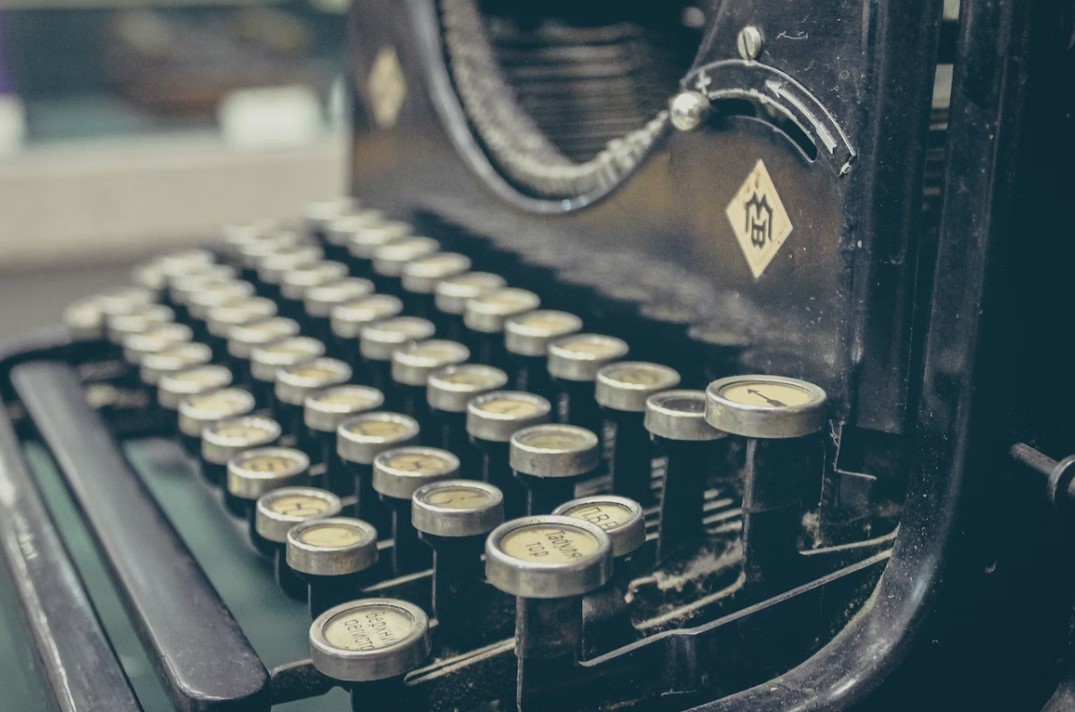Literature has the power to captivate, inspire, and transport us to new worlds. Behind the magic of a well-written story lies a rich tapestry of literary devices that enhance the narrative and engage the reader’s imagination. From vivid metaphors to poignant symbols, these literary devices weave a web of emotions and ideas, making the reading experience truly unforgettable. In this blog post, we embark on a journey through the world of literary devices, uncovering their significance and exploring the ways they elevate literature to a higher art form.
Metaphor and Simile: Metaphors and similes are essential tools in a writer’s arsenal, enabling them to paint vivid pictures in the reader’s mind. A metaphor directly compares two unrelated things, while a simile uses “like” or “as” to draw a comparison. For example, Shakespeare’s famous line “All the world’s a stage” from his play “As You Like It” is a metaphor that encapsulates the human experience. By comparing life to a theatrical performance, the metaphor emphasises the transitory nature of existence.
Symbolism: Symbolism allows writers to imbue objects, actions, or characters with deeper meaning beyond their literal representation. From the scarlet letter in Nathaniel Hawthorne’s novel to the Mockingjay pin in Suzanne Collins’s “The Hunger Games,” symbols carry thematic weight and evoke emotions. They can represent concepts such as love, freedom, or even societal oppression, enhancing the layers of a story and inviting readers to engage in a thought-provoking analysis.
Foreshadowing: Foreshadowing is a literary device that hints at events or outcomes yet to come. Writers strategically place subtle clues throughout the narrative, building anticipation and creating a sense of mystery. It adds depth and suspense to the story, allowing readers to make connections and draw conclusions. Arthur Conan Doyle masterfully employed foreshadowing in his Sherlock Holmes stories, leaving readers eager to piece together the puzzle before the great detective himself.
Alliteration and Assonance: Alliteration and assonance are devices that play with the sounds of words to create rhythm and musicality in writing. Alliteration involves the repetition of consonant sounds at the beginning of adjacent words, while assonance involves the repetition of vowel sounds. These devices not only add a pleasing aesthetic quality to the writing but also contribute to the overall mood and tone of the piece. Consider the poetic beauty in Dylan Thomas’ famous line, “Do not go gentle into that good night,” where the repetition of the “g” sound emphasises the urgency of the plea.
Irony: Irony is a powerful literary device that involves a contrast between what is expected and what actually occurs. It can take various forms, such as verbal irony, situational irony, or dramatic irony. Irony adds depth and complexity to a story, often highlighting the gap between appearance and reality. In George Orwell’s dystopian novel “Animal Farm,” the animals’ rebellion against human tyranny ultimately leads to their own oppression, showcasing the bitter irony of the situation.
Flashback: A flashback is a narrative device that takes the reader back in time, providing important context or backstory. It allows writers to reveal information gradually, deepening our understanding of characters and their motivations. By immersing readers in a past event, flashbacks create a sense of immediacy and make the narrative more dynamic. F. Scott Fitzgerald employed flashbacks in “The Great Gatsby” to illuminate Jay Gatsby’s mysterious past and shed light on his relentless pursuit of the American Dream.
So in conclusion, literary devices are the building blocks of a captivating story, transforming mere words into a work of art. They enhance the emotional impact, create layers of meaning, and evoke profound emotions in readers.
Thanks for reading! Find more help and support with English and Writing on the links below:












